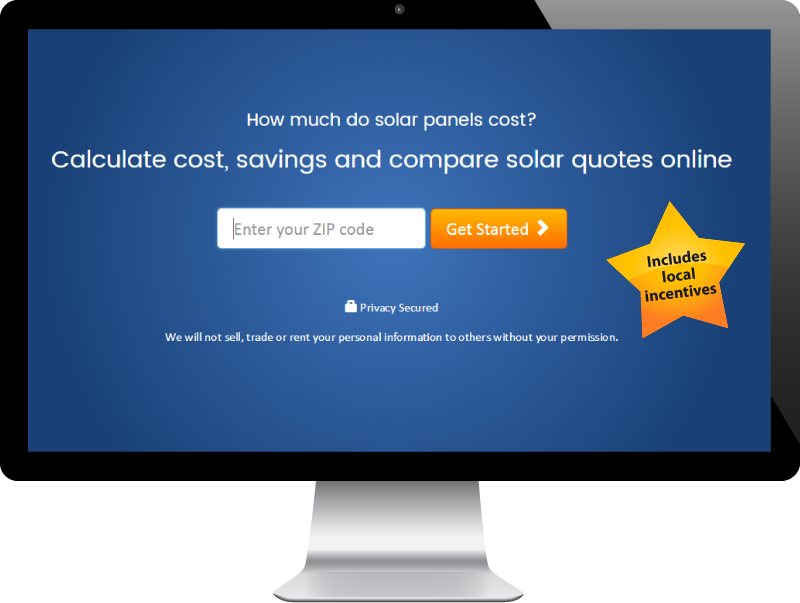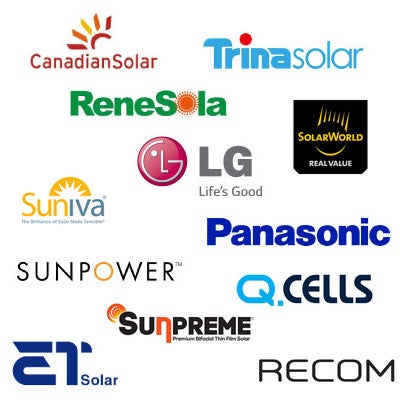How much do solar panels really cost in your city?
The average cost of installing a cash settled 5kW residential solar power system in America is currently
(after 30% tax credit)
$10,800
($2.16 per watt)
Interesting Reading
- How much do solar panels cost to install in 2024?
- How much does a solar panel cost on its own?
- How much does it cost to install DIY solar panels?
- How much do solar panels cost if you get a solar company to install them?
- What is the cost breakdown for an installed solar power system?
- Average cost of installing solar panels in each state
- How to organize a solar panel installation for your home?
- Top 10 tips to getting the best solar quotes for your home
The real cost of installing an average sized residential solar system at April 2024
Showing results for a 5kW system
| State | Solar power system cost (cash purchase before 30% tax credit) |
Solar power system cost (cash purchase after 30% tax credit) |
Cost of financed system (before 30% tax credit) |
Cost of financed system (after 30% tax credit) |
|---|---|---|---|---|
| Alabama | $14,500 | $10,150 | $16,500 | $11,550 |
| Alaska | $15,500 | $10,850 | $17,500 | $12,250 |
| Arizona | $15,750 | $11,025 | $17,500 | $12,250 |
| Arkansas | $14,200 | $9,940 | $16,750 | $11,725 |
| California | $15,900 | $11,130 | $17,800 | $12,460 |
| Colorado | $15,600 | $10,920 | $17,250 | $12,075 |
| Connecticut | $16,900 | $11,830 | $18,750 | $13,125 |
| District of Columbia | $16,450 | $11,515 | $18,250 | $12,775 |
| Delaware | $15,000 | $10,500 | $17,500 | $12,250 |
| Florida | $14,400 | $10,080 | $16,300 | $11,410 |
| Georgia | $13,900 | $9,730 | $15,800 | $11,060 |
| Hawaii | $17,100 | $11,970 | $18,900 | $13,230 |
| Idaho | $14,750 | $10,325 | $17,500 | $12,250 |
| Illinois | $15,600 | $10,920 | $16,500 | $11,550 |
| Indiana | $15,900 | $11,130 | $17,500 | $12,250 |
| Iowa | $14,700 | $10,290 | $17,500 | $12,250 |
| Kansas | $14,850 | $10,395 | $17,500 | $12,250 |
| Kentucky | $15,450 | $10,815 | $17,500 | $12,250 |
| Louisiana | $15,000 | $10,500 | $17,500 | $12,250 |
| Maine | $16,400 | $11,480 | $18,000 | $12,600 |
| Maryland | $15,000 | $10,500 | $17,500 | $12,250 |
| Massachusetts | $16,350 | $11,445 | $18,050 | $12,635 |
| Michigan | $15,050 | $10,535 | $16,900 | $11,830 |
| Minnesota | $15,950 | $11,165 | $17,600 | $12,320 |
| Mississippi | $14,750 | $10,325 | $16,500 | $11,550 |
| Missouri | $15,000 | $10,500 | $16,750 | $11,725 |
| Montana | $15,000 | $10,500 | $16,750 | $11,725 |
| Nebraska | $14,400 | $10,080 | $16,350 | $11,445 |
| Nevada | $14,800 | $10,360 | $16,600 | $11,620 |
| New Hampshire | $16,300 | $11,410 | $18,000 | $12,600 |
| New Jersey | $16,100 | $11,270 | $17,900 | $12,530 |
| New Mexico | $15,400 | $10,780 | $17,250 | $12,075 |
| New York | $16,400 | $11,480 | $18,250 | $12,775 |
| North Carolina | $14,700 | $10,290 | $17,050 | $11,935 |
| North Dakota | $15,000 | $10,500 | $19,000 | $13,300 |
| Ohio | $14,900 | $10,430 | $17,250 | $12,075 |
| Oklahoma | $15,000 | $10,500 | $17,500 | $12,250 |
| Oregon | $15,600 | $10,920 | $17,700 | $12,390 |
| Pennsylvania | $15,900 | $11,130 | $17,500 | $12,250 |
| Puerto Rico | $16,900 | $11,830 | $18,700 | $13,090 |
| Rhode Island | $16,200 | $11,340 | $18,400 | $12,880 |
| South Carolina | $15,400 | $10,780 | $17,100 | $11,970 |
| South Dakota | $15,000 | $10,500 | $17,500 | $12,250 |
| Tennessee | $15,600 | $10,920 | $17,350 | $12,145 |
| Texas | $15,600 | $10,920 | $17,200 | $12,040 |
| Utah | $15,000 | $10,500 | $17,500 | $12,250 |
| Vermont | $16,400 | $11,480 | $18,100 | $12,670 |
| Virginia | $15,800 | $11,060 | $18,100 | $12,670 |
| Washington | $14,750 | $10,325 | $16,250 | $11,375 |
| West Virginia | $15,000 | $10,500 | $17,500 | $12,250 |
| Wisconsin | $15,700 | $10,990 | $17,350 | $12,145 |
| Wyoming | $15,000 | $10,500 | $17,500 | $12,250 |
Calculate your real cost of solar tailored to your home and based on the size of system you need
Average cost of solar panel installation in each state - April 2024
| State | Cash Purchase (installed) $/watt before 30% solar tax credit |
Financed Systems (installed) $/watt before 30% solar tax credit |
Third party owned PPA (Power Purchase Agreement) |
|---|---|---|---|
| Alabama | $2.90 | $3.30 | N/A |
| Alaska | $3.10 | $3.50 | N/A |
| Arizona | $3.15 | $3.50 | 15.2 cents/kWh |
| Arkansas | $2.84 | $3.35 | N/A |
| California | $3.18 | $3.56 | 15.6 cents/kWh |
| Colorado | $3.12 | $3.45 | 15.2 cents/kWh |
| Connecticut | $3.38 | $3.75 | 16.0 cents/kWh |
| District of Columbia | $3.29 | $3.65 | 14.0 cents/kWh |
| Delaware | $3.00 | $3.50 | 16.0 cents/kWh |
| Florida | $2.88 | $3.26 | N/A |
| Georgia | $2.78 | $3.16 | N/A |
| Hawaii | $3.42 | $3.78 | 17.4 cents/kWh |
| Idaho | $2.95 | $3.50 | N/A |
| Illinois | $3.12 | $3.50 | N/A |
| Indiana | $3.18 | $3.50 | N/A |
| Iowa | $2.94 | $3.50 | N/A |
| Kansas | $2.97 | $3.50 | N/A |
| Kentucky | $3.09 | $3.50 | N/A |
| Louisiana | $3.00 | $3.50 | N/A |
| Maine | $3.28 | $3.60 | N/A |
| Maryland | $3.00 | $3.50 | 16.2 cents/kWh |
| Massachusetts | $3.27 | $3.61 | 14.8 cents/kWh |
| Michigan | $3.01 | $3.38 | N/A |
| Minnesota | $3.19 | $3.52 | N/A |
| Mississippi | $2.95 | $3.30 | N/A |
| Missouri | $3.00 | $3.35 | N/A |
| Montana | $3.00 | $3.35 | N/A |
| Nebraska | $2.88 | $3.27 | N/A |
| Nevada | $2.96 | $3.32 | 15.4 cents/kWh |
| New Hampshire | $3.26 | $3.60 | 15.8 cents/kWh |
| New Jersey | $3.22 | $3.58 | 14.6 cents/kWh |
| New Mexico | $3.08 | $3.45 | 14.0 cents/kWh |
| New York | $3.28 | $3.65 | 17.0 cents/kWh |
| North Carolina | $2.94 | $3.41 | N/A |
| North Dakota | $3.00 | $3.80 | N/A |
| Ohio | $2.98 | $3.45 | N/A |
| Oklahoma | $3.00 | $3.50 | N/A |
| Oregon | $3.12 | $3.54 | N/A |
| Pennsylvania | $3.18 | $3.50 | N/A |
| Puerto Rico | $3.38 | $3.74 | N/A |
| Rhode Island | $3.24 | $3.68 | 16.0 cents/kWh |
| South Carolina | $3.08 | $3.42 | 16.0 cents/kWh |
| South Dakota | $3.00 | $3.50 | N/A |
| Tennessee | $3.12 | $3.47 | N/A |
| Texas | $3.12 | $3.44 | N/A |
| Utah | $3.00 | $3.50 | 14.0 cents/kWh |
| Vermont | $3.28 | $3.62 | 15.0 cents/kWh |
| Virginia | $3.16 | $3.62 | N/A |
| Washington | $2.95 | $3.25 | 14.0 cents/kWh |
| West Virginia | $3.00 | $3.50 | N/A |
| Wisconsin | $3.14 | $3.47 | N/A |
| Wyoming | $3.00 | $3.50 | N/A |
How much does the cost of solar systems vary between the top solar brands?
| Panel Brand | Panel Brand | Average Cost Installed | Cheapest Cost Installed | |
|---|---|---|---|---|

|
Hyundai Heavy Industries |
$22,900 ($3.96 per watt) |
$6,936 ($1.70 per watt) |
|
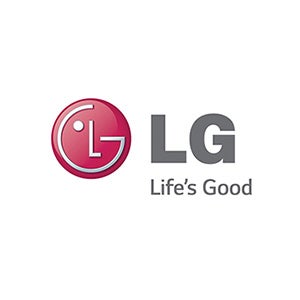
|
LG Solar |
$28,399 ($3.99 per watt) |
$14,193 ($2.49 per watt) |
|
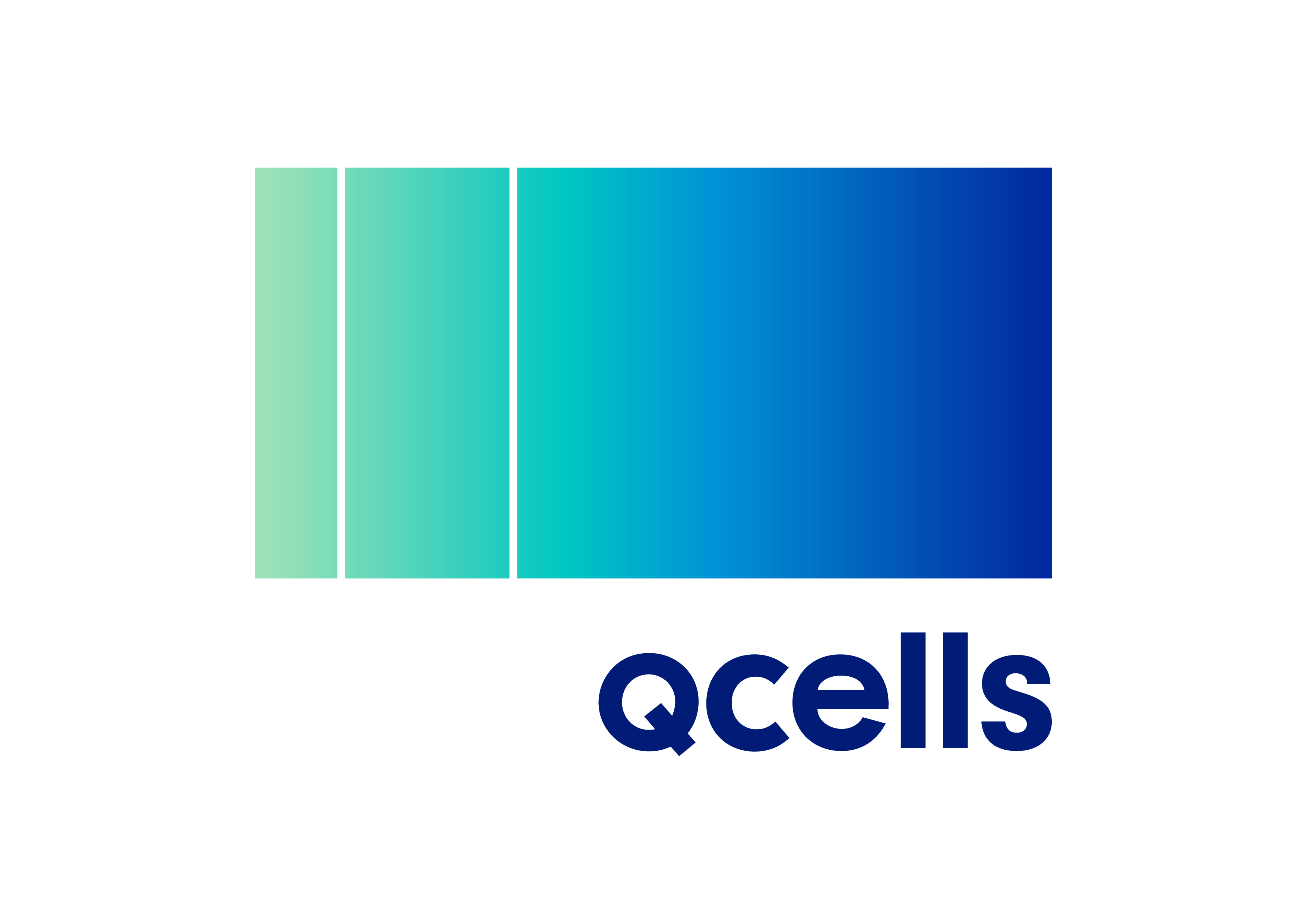
|
Qcells |
$27,991 ($4.02 per watt) |
$21,125 ($2.61 per watt) |
|

|
Jinko Solar |
$26,989 ($4.08 per watt) |
$11,111 ($1.67 per watt) |
|
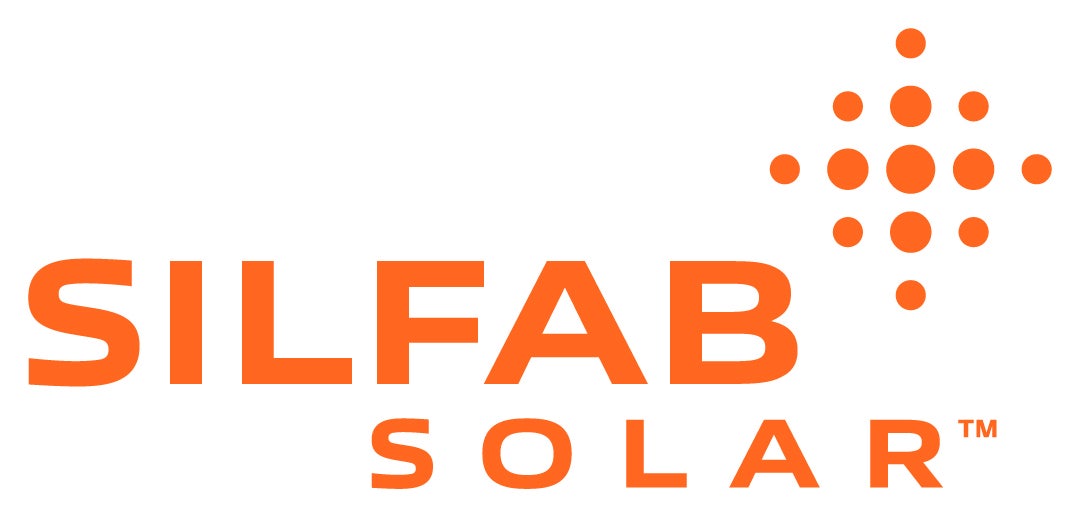
|
Silfab |
$28,146 ($4.12 per watt) |
$26,488 ($2.62 per watt) |
|

|
Panasonic |
$31,415 ($4.34 per watt) |
$14,463 ($2.67 per watt) |
|
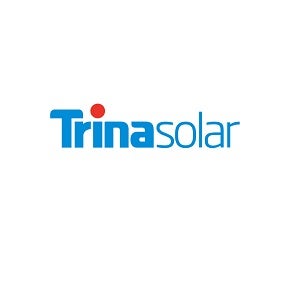
|
Trina Solar |
$30,237 ($4.65 per watt) |
$22,000 ($2.71 per watt) |
|
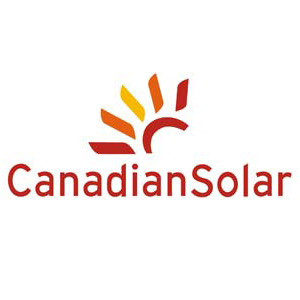
|
Canadian Solar |
$31,092 ($4.74 per watt) |
$21,984 ($2.29 per watt) |
|
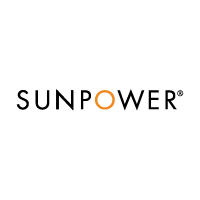
|
SunPower |
$31,195 ($4.91 per watt) |
$15,108 ($2.97 per watt) |
|

|
Tesla |
$37,069 ($5.27 per watt) |
$16,821 ($5.25 per watt) |
|
How do I work out the cost of installing solar panels on my home
Every house is different and these are the factors that determine how much you should pay to install solar.
Useful information
- Are solar panels worth it?
- What is the breakdown of costs in a solar system?
- How do I organize a solar panel installation for my home?
- SolarReviews top 10 tips for buying solar panels for your home
- How much do different brands of solar panels cost?
Find out the cost of installing solar panels on your home

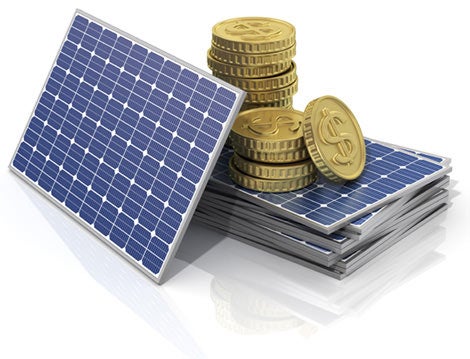
Cost of installing DIY solar panels
The cost of a diy solar installation will generally be around $1 per watt cheaper than the cost of getting a solar company to organize the installation of your solar panels. It can be more or less depending on the amount you are quoted by a solar company and whether you physically install the solar panels yourself or engage an electrician to install them for you.
How much does a solar panel cost individually
When asking the question "how much do solar panels cost?" the first thing that you have to clarify is whether you wish to buy a single solar panel or whether you want to know the costs involved in getting a full solar power system installed at your home.
For most people what they really want to know is the total cost of installing solar panels on their home. This is usually a very different figure to just the cost of the solar panels because it also includes the cost of an appropriate solar inverter, a framing system to attach the solar panels to your roof, installation by a qualified professional (this is often a necessary pre-requisite to claim solar incentives or solar tax credits) and all the permitting and paperwork required by both your utility and your city or county government.
The costs of a single solar panel has fallen significantly in the last 5 years from around $4 per watt to now being routinely available in pallet quantities for around $1 per watt. In other countries the cost of solar panels on their own is as low as $0.50 per watt but the imposition of an anti-dumping tariff on Chinese solar panels by the US government in 2014 has increased the cost of solar panels in America.
What is surprising to most people is that the cost of the solar panels themselves is only a fraction of the overall costs involved in installing a solar system. If you are looking for just the cost of solar panels on their own then there are a number of websites that will sell small volumes of individual solar panels to individuals and arrange shipping across the country.
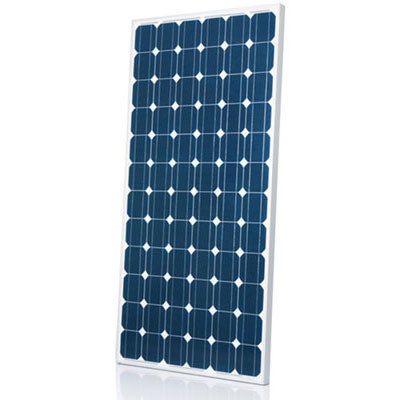
Solar panel cost information tailored for your home
Solar panel cost information that is expressed as an average solar system cost for either a location, for a specific size of solar system, or for a solar system using a specific brand of solar panels is of some use to you as a potential buyer of a solar system but by no means does it give you the full story.
What you need to know is what the cost is to go solar and what the return and payback period will be specifically based on the characteristics of your home. Things such as location, roof type and structure and of course your power usage.
This is why most Americans use Solar-Estimate to collect their quotes for solar because this site allows you to enter your location, utility provider, roof type and average monthly electricity bill and from this information (and its database of utility rates, solar irradiation in different locations and solar offers available from solar companies etc) it is able to calculate the number of solar panels you need, give an online estimate and then also show you the best deals available in your area for systems around the size you need.
Calculate your real cost of solar tailored to your home and based on the size of system you need
Are solar panels worth it?
In general terms if you live in one of the 30 or so states that have a net metering law and you pay federal income tax (and so can get the cash benefit of the 30% solar tax credit) then solar can be a great investment.
As at May 2017 recent falls in retail selling prices for installed solar systems have meant the average payback on a residential solar system installed in America has fallen to below 7 years. So after seven years you have paid the same whether you did or did not buy a solar system but if you did you then have at least 18 years of free power to look forward to.
In some states and for some lucky homeowners in states like California, Massachusetts, Connecticut, New York and New Jersey the return can now be as quick 5 years meaning you are then free to enjoy 20 years of free power from your system after it has paid itself back.
In fact even in other states like Florida, Utah, Texas and South Carolina whilst the payback period at 8-10 years is a little longer it still represents a return of 10-12% which is higher than the long term returns from either the property market or the share market.
But the thing to remember is that this return is only this good because of the 30% tax credit and the net metering law and either of these incentives could go at any time. This is why it is important that you evaluate the suitability of your house to solar panels sooner rather than later.
Enter your details to calculate ROI and payback
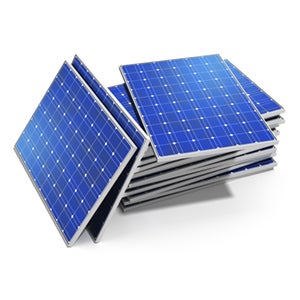
Cost breakdown for each component in an installed solar power system
Based on $3.08 average cost of installing solar panels reported by solar-estimate.org for January 2018 the following is our estimate of the breakdown of the individual component costs that go into the total cost of installing residential solar panels.
The best way to organize solar quotes for your home (gets you an online cost estimate and quotes from 3 local installers)
How much do different brands of solar panels cost
The range of cost difference between the most expensive tier one brands such as Sunpower and Panasonic solar panels and the myriad a second and third tier brands is usually between 20-40 cents per watt at the wholesale level.
The cheapest second and third tier solar panels are now available in the US at around $0.55 per watt for a solar company that can buy 5 to ten pallets at a time.
The Chinese made first tier solar panels are usually around $0.60-$0.65 per watt and the most expensive high efficiency panels such as Sunpower and Panasonic are usually sold at around $0.80 to $0.90 per watt.
As with any other business solar companies have to put a margin on their costs and so at the retail level you will usually find there is $0.30-$0.50 cents per watt difference in pricing between systems using tier one equipment and systems using second or third tier panels.
While some of the producers of high efficiency panels make some pretty bold (and in my view unsubstantiated) claims about how much more power their panels will introduce there is something to be said for a solar panel from a company that is known as a high quality manufacturer and also invests a lot in their ongoing brand.
It is this second point that is the reason I really like brands like Panasonic and LG because these guys have a lot at stake when they put their brand on a product of any type.
How we get and calculate solar panel cost data
We have four ways in which we obtain information about the cost of installing residential solar panels in America.
- The first source of our solar panel cost data is Solar-Estimate.org, a website originally funded by the Department of Energy that is now used by over 80,000 consumers a year to request quotes from solar installers. We aggregate the responses to these solar quote requests and summarize this data on SolarReviews.com.
You can use the www.solar-estimate.org solar panel payback calculator here. This will tell you how many solar panels you need to zero out your utility bill, how much they should cost and your return, savings and payback period. - The second source is government solar cost data. In several key states when solar panels are installed on a home the cost of this installation has to be reported to various levels of government. Where possible we make this data available online and from this we have data on over 50,000 residential solar installations.
- The third source of data is comments in the Solar Panel Talk solar forum, the most widely used solar panels discussion website in America. There are thousands of posts on this site discussing solar quotes consumers have received.
- The fourth source of solar panel cost data is the ability we give for users of this site to upload a quote they have received from a solar company and compare it to other solar quotes other consumers have received from other solar installation companies.
Why our installed cost data is different to solar panel cost data on government websites?
The solar panel cost information shown on this website shows lower costs than those reported on government websites.
For example at the time of reporting:
Californian government solar website puts the average cost of installing a 5kW solar power system in California at
$5.24 per watt
Our www.solar-estimate.org data puts the average cost of installing a 5kW solar power system in California at
$4.09 per watt
There are two reasons for this. Firstly the reported government data also includes PPA (Power purchase agreement) and third party lease installations. In these installations the consumer has not actually paid an upfront amount for the system and the solar companies often report a higher than market cost for these systems. They do this partly because they want to encourage their customers toward a PPA rather than a purchase and also because it means they get a larger solar tax credit for the job (which they then sell to investors).
The second reason our solar panel cost data is lower is that the Solar-Estimate.org platform attracts very competitive bids from installers. With over 80,000 consumers seeking solar quotes through this platform in the last year solar companies know that they have to submit a very competitive proposal to win your business. You can see this by requesting a solar quote on your own home here.
The lack of transparent cost data is a major issue for the US solar industry. Other bodies are also trying to make more cost information available including the Department of Energy through the openpv project. However, this is a voluntary scheme and appears to be suffering from the fact that reporting of cost data is voluntary. This site puts the cost of residential installations in California since August 2015 at $4.53 per watt but has only a very small sample set of data. There is also no data about the brands of equipment used on that site.
Here is a link to a site that sells solar panel kits for DIY solar panels installers.
Cost of installing a complete solar power system for your home
For most people the real price you are looking for when posing the question "how much do solar panels cost?" is what is the total cost of installing solar panels for your home. To get this pricing the best site on the internet is Solar-Estimate. This website, which was originally developed by the US Department of Energy gets per watt pricing data for installed residential solar systems from around 200 installers around the country.
If you enter your details into this site you will find out how much solar panels cost in your area and also:
- How many solar panels you need to cover your utility bill
- How much unshaded roof space you would need
- You will get a formal exact quote from three of this site's highest rated installers so you will have competitive bids for different types of systems
- You will see the rebates and incentives that apply in your area and how much they will save you
- You will see your likely return and payback period from going solar
What we have done at SolarReviews is create pages showing you the costs of completed residential solar systems based on data we have received from solar-estimate.org. There were more than 150,000 estimates for residential solar power systems done through the solar-estimate.org site last year and we have aggregated this data so you can search for the cost of installing solar panels either by location or by system size.
Find the best deals on installed systems for your city
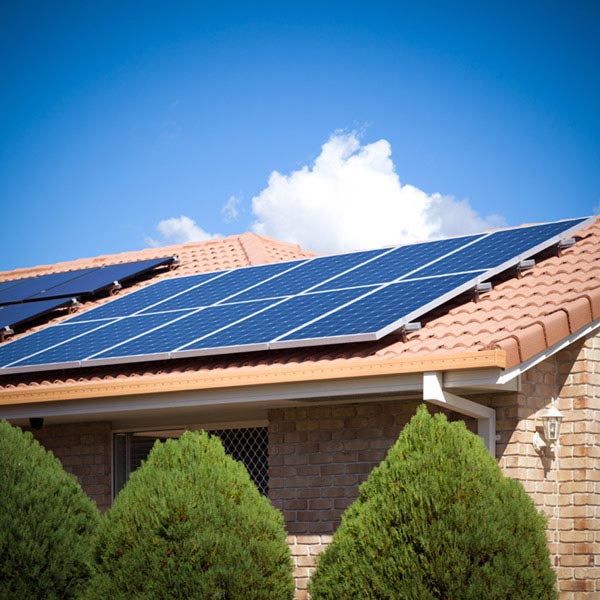
Archives - Monthly update on the real cost of installing solar around America
March 2018 - SolarReviews analysis of the impact of the new 30% US solar import tariffs announced by the Trump administration in January 2018.
On the 22nd of January 2018 the Trump administration announced that they would be following the recommendation of the International Trade commission and imposing additional import duties on solar cells and solar panels imported into the United States. The rate of additional duty is 30% for the first year, 25% of the second year, 20% for the third year and 15% in the fourth year. Within hours of the announcement we set to work to analyze the effect of these duties on the retail cost of residential solar in America. Fortunately we were able to rely on our history of cost analysis for residential solar and simply feed these new numbers into financial modelling that we already had, particularly the research we had done on the breakdown of the various cost components that together make up the overall cost of solar panel installation in America.
In summary our analysis of the new solar import tariffs found that if we look only at the cost inflation on solar panels as a discreet input then you would expect price rises of around 4.9% on the residential cost of solar systems. However, reaction to the tariffs in terms of lower wholesale cost and business factors relating to the increasing volumes and competition in the retail end of the market means that overall we think by the end of 2018 residential solar system prices will be stable with January 2018 prices of around $3.08 per watt.
We may see some price inflation in the second and third quarters of 2018 as the impact of the tariff starts to be felt but competition and production efficiencies will combine to reduce cost in the fourth quarter of 2018 and bring in a flat cost result for the year.
December 2017 - Update on the real cost of installing solar around America
On my final update for 2017 I reflect on solar panel cost trends over the year.
The first 9 months of 2017 saw falls in the cost of installed solar power systems averaging about 0.5% per month but in the last three months we have seen a stabilization of solar prices as solar companies scramble to secure stock before the Trump administration can levy import duties on solar panels. In fact, there have been some slight price increases at the wholesale level in November and December and so for the first time in a very long time we have seen successive months without a reduction in solar panels cost at the retail level.
The average retail price of residential solar panel installation in December 2018 remains at $3.08 per watt or $15,400 (before claiming the 30% solar tax credit) for a 5kw (5000 watt) system.
Next year we intend to start coverage of solar power system costs not only by location but also by brand. There is a difference in cost between the best and the worst brands of solar panels and solar inverters and so from a consumer perspective generic solar panel cost information is of limited use.
If a specific homeowner is considering buying a specific solar power system they will be looking at solar quotes containing specific equipment and what most people want to know is whether they are being offered a good deal for that specific combination of solar panel brand and inverter brand.
Update on the Suniva and SolarWorld trade petition
Although there have been hearings held in Washington as recently as last week at the time of writing the Administration has not announced if it will be following the recommendation of the trade commissioners who made various recommendations, the midpoint of which appears to be a 30% import duty on solar panels and solar cells.
We wish all SolarReviews readers a safe and happy holiday season and look forward to sharing more insights into solar panels cost trends on this page in 2018.
November 2017
The Solarworld and Suniva trade case continues to be the big talking point when discussing solar panels cost in November. For those not aware, in September 2017 the U.S International Trade Commission found that petitioners Suniva and Solarworld had been injured by cheap imports. This is a classic example of where a law that was passed with good intentions is being used by manufacturers that have an inefficient cost base compared to their global competitors in a way that will clearly be detrimental to the wider economy.
I believe the truth of the matter is that even without the indirect subsidies given by the Chinese government to some of its manufacturers, and also the flood of cheap imports that happened after the Chinese feed in tariff was reduced suddenly in the middle of 2016, the petitioner's manufacturing operations were unprofitable. If the specific Chinese subsidies were the problem, then why is the trade commission now considering tariffs on many non-Chinese imports of solar panels. It does not make any sense.
There are now almost 300,000 workers in the solar industry in America, most of which sell and install solar panels imported from overseas, including China, for a living. It seems ridiculously stupid that their jobs be put under threat to try and save less than 1,000 manufacturing jobs. While the commissioners recommended different levels of import duty, a tariff of around 30% seems like a consensus result. The commissioners recommendations now go off to the administration for consideration. If accepted then I think it is likely that a 30% increase in the wholesale price of solar panels will lead an increase in the cost of residential solar panel installations of around a 15%.
This will increase the average cost of a solar panel installation in the US from its current level of $3.18 per watt ($15,800 for a 5kW system before the 30% tax credit) to $3.65 per watt ($18,285 for a 5kW system before the 30% tax credit). The average American homeowner wanting to reduce their cost of electricity by going solar will face increased costs of around $2,485 if 30% solar cell and solar panel import duties are imposed.
Solar is an industry that lives on the edge. Consumers face a choice between continuing to purchase their power from the utility or to own their own power generation. There is no capital cost to continue buying utility power but a large capital investment to buy solar. Import tariffs will drive up the price of solar, will increase the payback period for consumers buying solar and lead to less consumers buying solar.
My best guess is that this will lead to a loss of around 30,000 jobs in the retail solar panel installation sector in America. It will hit large scale utility projects, (which are currently done at prices as low as $1.40 per watt) the hardest because the cost of the solar panel is a higher percentage of the overall project cost in these projects. However, it will also hit the residential solar installations space, dampening demand and costing employment.
What makes the situation more farcical is that no one in their right mind would buy these panels if the petitioners manufacturing operations recommenced anyway because no-one would have any confidence that they would be around to honor the 25 year warranty solar panel manufacturers give on their solar panels. So in actual fact it is likely that not a single manufacturing job will be saved and 30,000 clean job will go. It is exactly this type of bureaucratic action by government that Trump campaigned against. He claimed that we would bring business and common sense to government decisions and this looms as a test of his ability to do that while in government.
October 2017
The month has seen the forces of nature remind us all of how fragile our climate is and the reliance we all have on its stability. Our thoughts go out to all those affected by hurricanes Harvey and Irma and our thanks to the thousands of volunteers who have assisted people in need in these areas. Not surprisingly our site was flooded with people from the affected areas who were left without power and looking for solar and battery storage.
In relation to solar prices, the Solarworld trade case has led to a slight rise in the price of wholesale solar equipment as solar installers seek to secure stock before any possible ant-dumping tariff can be imposed. It is unclear at this point if anti-dumping tariffs will be imposed but if they are there will be a rise in the cost of solar systems. Homeowners should secure solar systems before any such tariffs can be imposed.
There are some really cheap solar offers out these in the market for less than $3 per watt installed but they are not gaining market traction as quickly as we thought. American consumers are showing that when it comes to solar they will buy on quality and reputation rather than the cheapest products they can get. Given the long term nature of solar as an investment this may prove to be a wise decision.
More loan products are now entering the market offering better and better financing terms for consumers. We expect this trend to continue as more financial institutions become aware of the stable returns generated by solar panels. Altogether this should further improve the ROI and shorten the payback period for consumers installing solar.
September 2017
Solar panel cost has fallen off a cliff in the last month with noticeable drops in average cash system prices in California $3.18, New York $3.28, Massachusetts $3.27. Systems have stabilized a bit in Florida, Utah and South Carolina after sharp drops in the previous six months. Florida is still the cheapest state in the US to install solar panels for your home. Results for your state and for financed systems are below.
Published: , updated on

